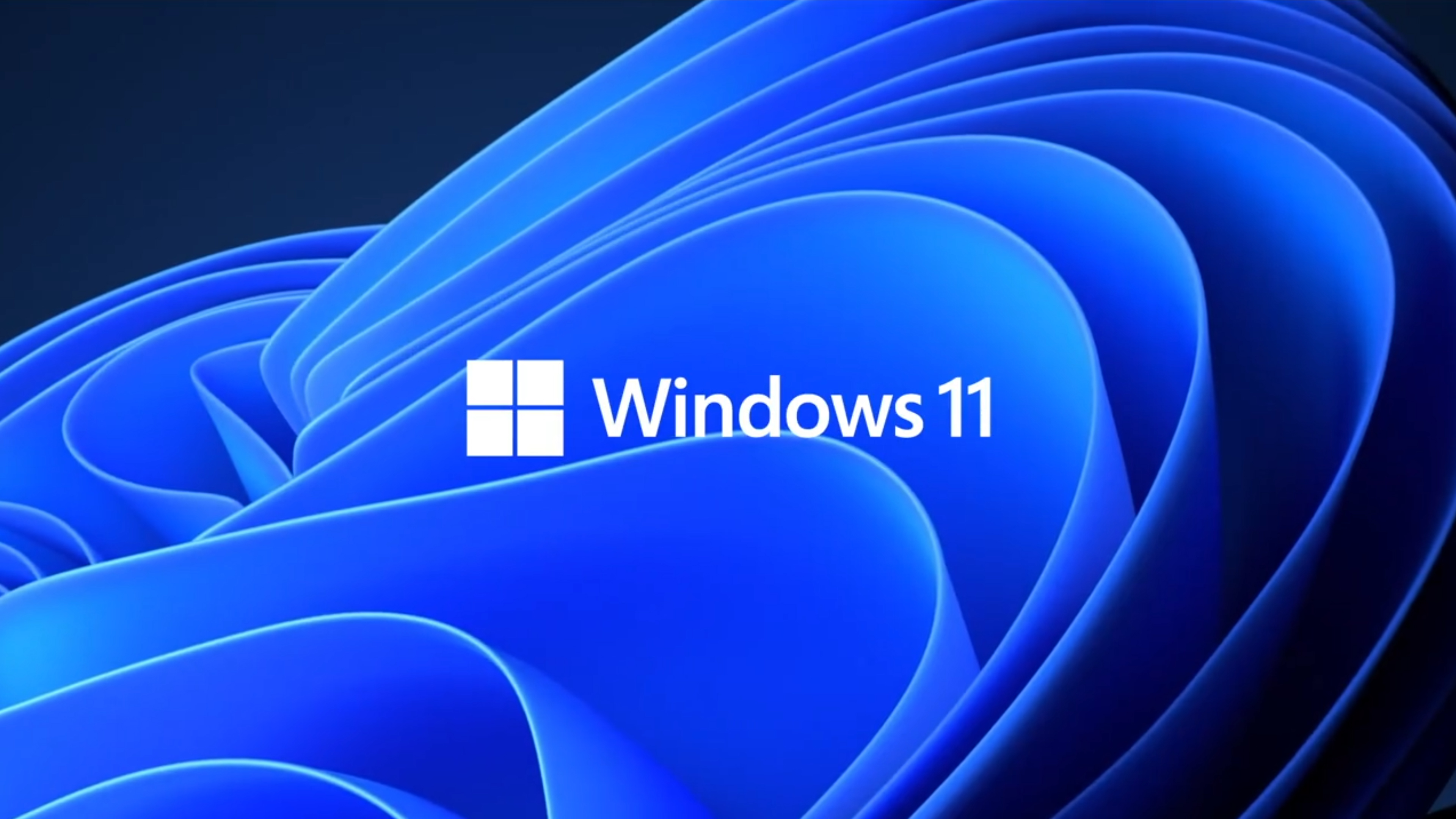Businesses are still stuck on Windows 10, refusing to update to Windows 11

Microsoft didn't quite have the year it hoped for with Windows 11 in 2023, because even after two years of general availability, Windows 10 remains (significantly) more popular.
By the end of 2023, Windows was responsible for seven in ten (73%) desktop operating systems (via Statcounter), but in the vast majority of those cases Windows 10 was present.
In fact, two-thirds (67%) of all installations were Windows 10, while only just over a quarter (27%) were Redmond's flagship platform, Windows 11.
Windows 11 is not as successful as Microsoft had hoped
The company has done a good job of getting rid of Windows 7 users, which accounted for 11% in early 2023. Ultimately, only 3% used the now unsupported operating system.
With Windows 10 not reaching end of support (EOS) until October 2025, companies seem to be hanging on to it, and even after that date they will still have the option to pay for a few more years of extended security updates (ESU).
In December 2023, when Windows 11's market share fell even a small percentage, Microsoft made a request for companies to seriously consider upgrading.
At the time, Jason Leznek, chief product manager of Windows Servicing & Delivery, stated that Windows 11, now “AI-enhanced,” delivers a 250% ROI.
Leznek highlighted the range of upgrade options companies now face: an operating system upgrade, full hardware upgrades (for unsupported devices), and using a VM such as Windows 365.
Microsoft's two-pronged approach involves not only driving people out of Windows 10, but also making Windows 11 more attractive. The latest major update, called 23H2, added Copilot directly to the operating system – a generative AI tool that uses the same technology as ChatGPT.
With growth for Windows 11 fairly stagnant in the summer of 2023 and again in the last few months of the year, it remains to be seen how quickly companies will transition to the flagship operating system.
